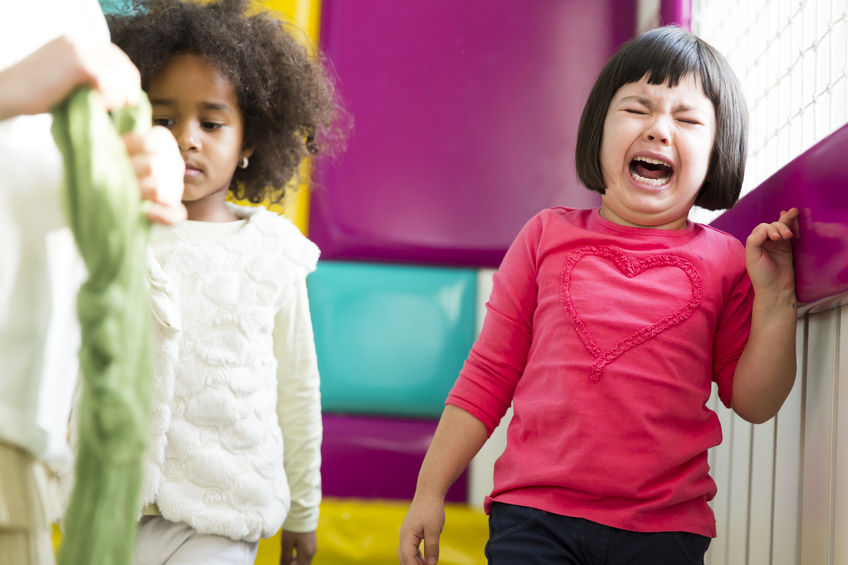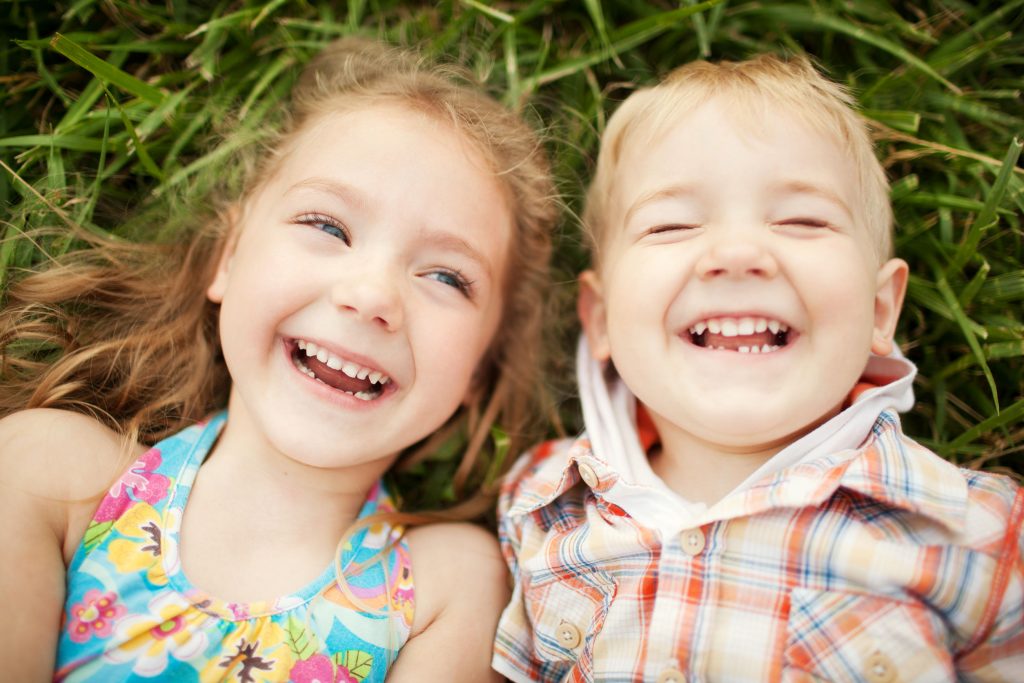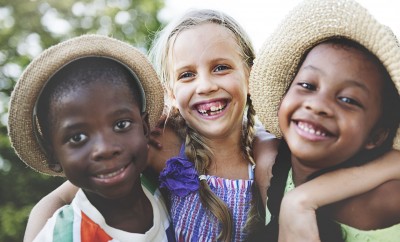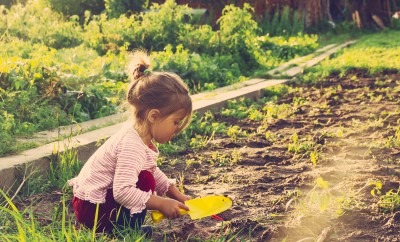
Child Development
Teaching Children How to Identify and Express Emotions
Teaching Children How to Identify and Express Emotions
Acknowledging a child’s emotions, putting words on anger, fear, sadness, joy and disgust is essential to allow children to identify them, to learn to name them and, little by little, to start overcoming them.
Before the age of 4 or 5, a child is in the grip of great emotional storms, which they will cross without any filter. There is no need to threaten or punish them for these raw emotions. If the child is alone in the grip of their fears, their anxieties or their anger, their system secretes stress molecules very toxic for their fragile brain and prevents them from maturing.

The Role of Adults in Supporting Emotional Expression
The role of the adult is fundamental because an unpractised child cannot control their emotions alone. Emotions do not have to be determined as either good or bad but constitute a biological reaction to an external event experienced by the child. Emotions are therefore essential signals for childcare professionals in order to take into account the child’s condition, without judgment. Listening to the child’s emotions with kindness brings great well-being to the child who feels recognised.
The appropriate attitude of adults with children should be:
- put words on a child’s emotions (eg, you are sad, you were afraid…);
- to understand the emotion (you are ____ because ____ and it’s hard for you);
- to appease the child with a warm tone, an understanding and affectionate attitude.
When the child feels safe and confident, their body secretes oxytocin, the hormone of comfort and well-being.
Emotional Competence
Emotional competence is a development process which includes three interrelated competencies:
- expression of emotions
- knowledge of emotions and;
- the regulation of emotions.
From a very young age, children already experience a wide range of emotions in social situations and in non-verbal exchanges (smiling, crying, hugging, sulking). As cognitive development progresses, and as the emotional brain matures, children can recognise their own emotions and those of others. This recognition and understanding of emotions allows children to control and modify their emotions in order to cope with conflicting or complex situations.
Compared to children with emotional development problems, children with more developed emotional intelligence are more likely to adopt empathic and pro-social behaviours, express appropriate emotions, be encouraged in their learning, and adapt to do so in the face of negative emotions. All of these social skills support academic success in the first years at school and positive interpersonal relationships with peers and adults.

The Emotions in Question
Emotions appear in waves. The primary emotions (fear, anger, sadness, disgust, joy, etc.) are related to the first year of life, while the secondary emotions (embarrassment, guilt, shame, etc.) usually speak at the end of the second year.
The mental representation that children have of themselves is acquired at around two years of age and the norms, rules and objectives conveyed by those around them open the way to introspective emotions, such as embarrassment.
Emotions play an important role in the development of psychopathologies during childhood. Children who have had negative social experiences, such as mistreatment or insecurity, show vigilance when threatened, so they adopt behaviours of anxiety, aggression and fear to protect themselves.
Their negative affectivity, their poor regulation of emotions and the imbalances of the different emotional systems of their brain (fear, care systems, etc.) predict internal and external disorders (depression and aggression, respectively).

What Can We Do?
We know that emotions are involved in decision-making, which only highlights the importance of taking them into consideration as a key part of a child’s development.
To support children’s emotional competence, professionals are encouraged to imitate various emotional expressions.
Dolls, puppets, card games and any medium depicting emotions and expressions can all be used as excellent communication and dialogue tools.
Imitate these emotions to help teach children how to identify each emotion. Making it easier for them to build positive and supportive relationships. Happiness can be learned!







You must be logged in to post a comment Login